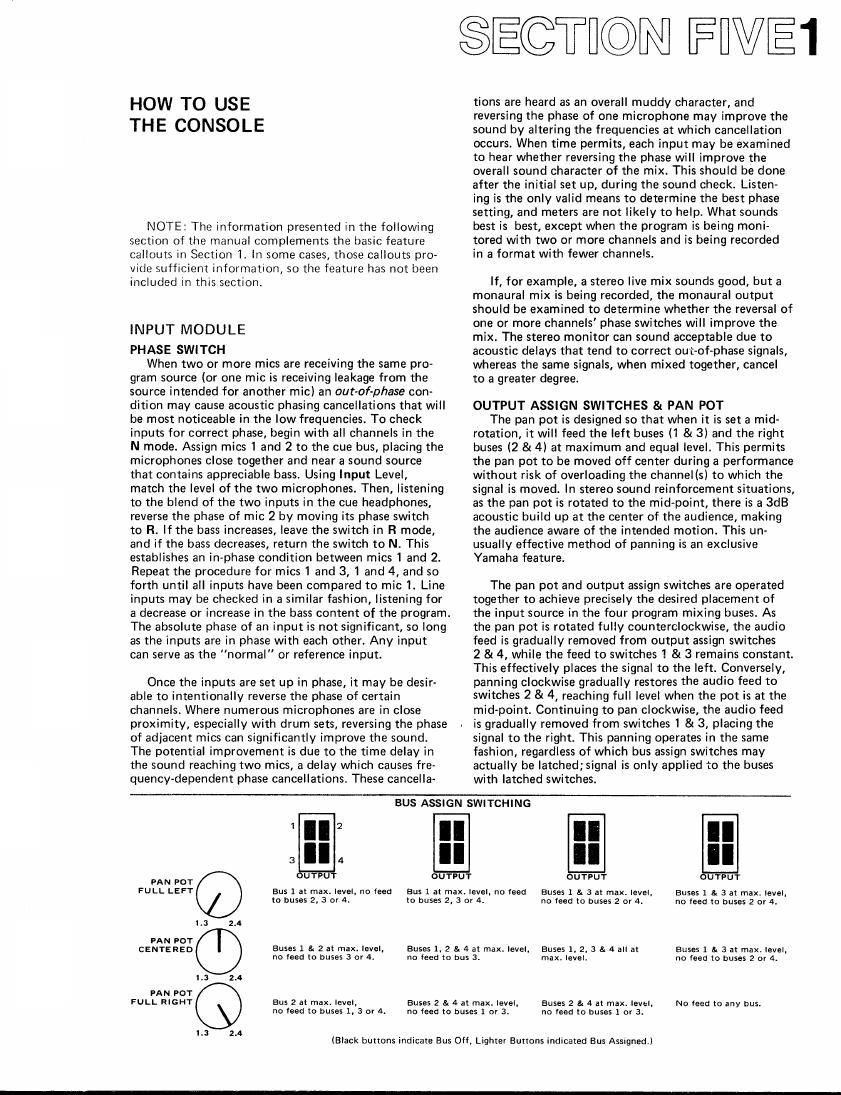Yamaha pm1000 e
This is the 20 pages manual for yamaha pm1000 e.
Read or download the pdf for free. If you want to contribute, please upload pdfs to audioservicemanuals.wetransfer.com.
Page: 1 / 20

This is the 20 pages manual for yamaha pm1000 e.
Read or download the pdf for free. If you want to contribute, please upload pdfs to audioservicemanuals.wetransfer.com.
